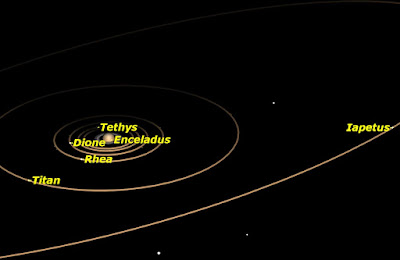Moon Phases
Thursday, December 3, 2:40 p.m. EST
Last Quarter Moon
The Last Quarter Moon rises around 11:45 p.m. and sets around 1 p.m. It is most easily seen just after sunrise in the southern sky.Friday, December 11, 5:29 a.m. EST
New Moon
The Moon is not visible on the date of New Moon because it is too close to the Sun, but can be seen low in the East as a narrow crescent a morning or two before, just before sunrise. It is visible low in the West an evening or two after New Moon.Friday, December 18, 10:14 a.m. EST
First Quarter Moon
The First Quarter Moon rises around 12:30 p.m. and sets around 1 a.m. It dominates the evening sky.Friday, December 25, 6:11 a.m. EST
Full Moon
The December Full Moon is known as the Oak Moon, Cold Moon or Long Nights Moon. It rises around sunset and sets around sunrise; this is the only night in the month when the Moon is in the sky all night long. The rest of the month, the Moon spends at least some time in the daytime sky.Observing Highlights
Jupiter and the Moon
Friday, December 4, dawn
Jupiter will be 2 degrees north of the Moon.Venus and the Moon
Monday, December 7, morning
Venus will about a degree away from the Moon at dawn. The Moon will move to occult Venus over most of North America around noon EST, a good opportunity to locate Venus in the daytime sky.Geminid meteors
Monday–Tuesday, December 14–15, midnight to dawn
The Geminid meteor shower, one of the most reliable in the year, peaks near midday on December 14, so the best times to observe will be between midnight and dawn on the mornings of the 14th and 15th.Solstice
Monday, December 21, 11:48 p.m.
The Sun reaches its southernmost declination for the year, resulting in the shortest day of the year in the northern hemisphere and the longest day of the year in the southern hemisphere.Mercury at greatest eastern elongation
Tuesday, December 29, dusk
Mercury will be well placed for observation in the western sky about half an hour after sunset.Jupiter and the Moon
Wednesday, December 30, before midnight
Jupiter and the Moon are close in the sky, and rise together just before midnight.Planets
Mercury is well placed low in the western sky at the end of the month.Venus continues to shine brightly at dawn all month, but is dropping towards the Sun.
Mars, in the morning sky, moves eastward in Virgo all month.
Jupiter shines brightly in Leo rising around midnight.
Saturn is too close to the Sun to be observed all month.
Uranus is well placed in Pisces in the evening sky all month.
Neptune sets in the late evening in the constellation Aquarius.
Geoff Gaherty
Starry Night Software Support
All graphics © 2015 Starry Night Software


























































